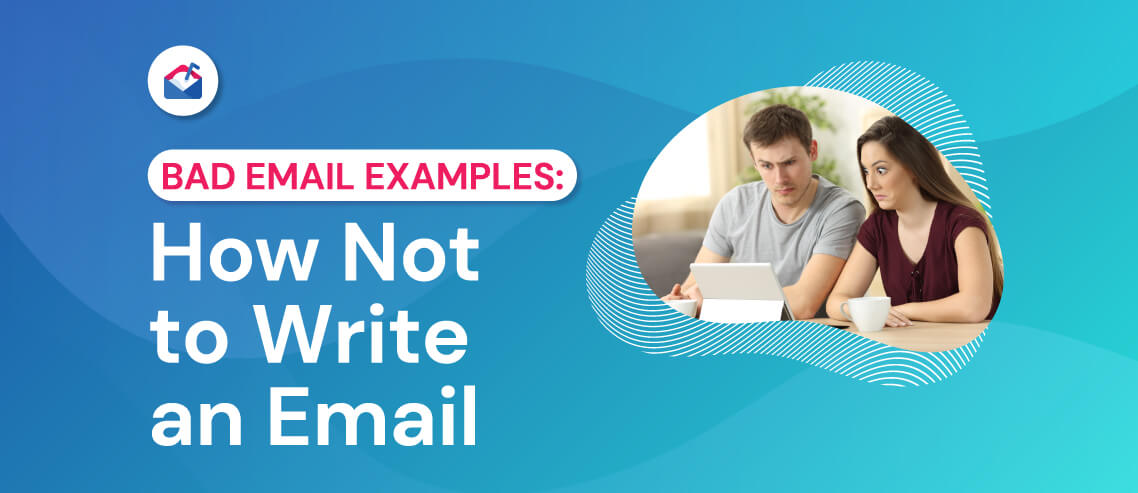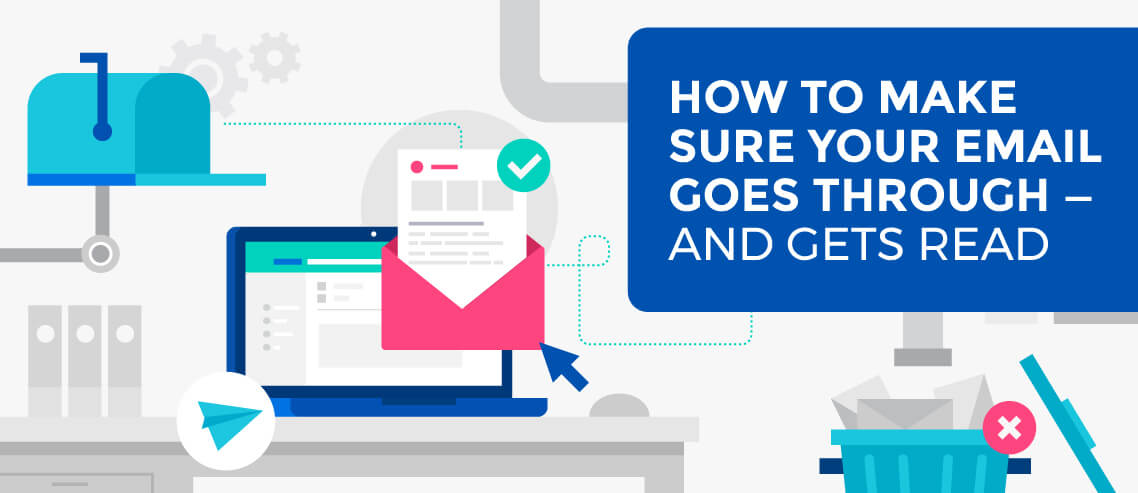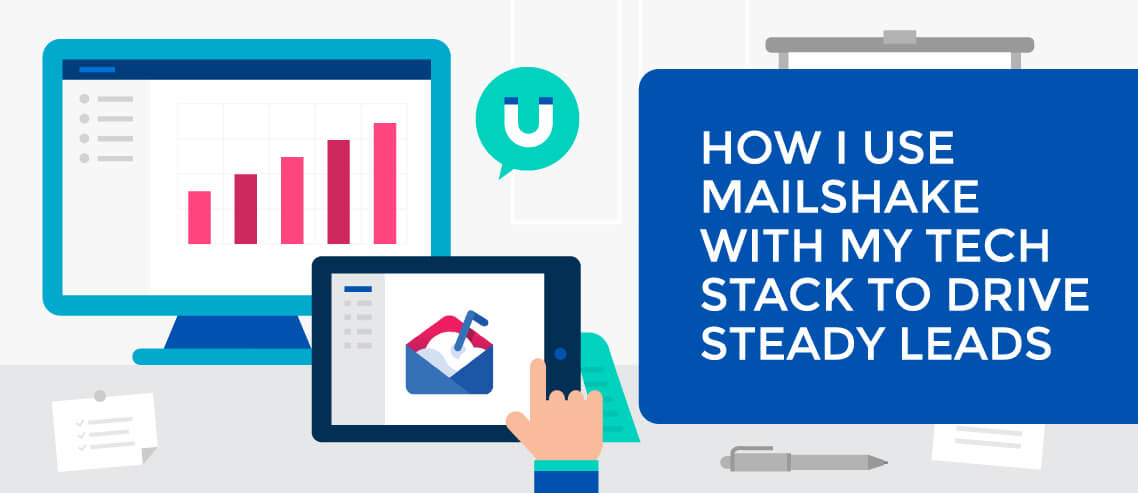Cold Emailing for New Brands: How to Get Started with No Connections or Capital

Contents
Where to begin?
As a new brand, you have to drum up some awareness. You need momentum. People talking about you, following you on social media, telling their friends about you.
Easier said than done.
But if there’s one tried-and-true method that works better than any other channel, it’s cold email marketing.
You might be thinking, “Isn’t email marketing dead, and isn’t cold email marketing, well, even deader?”
To be blunt: no.
Email marketing – cold or otherwise – continues to be a top tactic for marketers, SMBs, startups, and enterprise-level companies:
- 74 trillion: the number of emails sent each year, and that number is climbing, not dwindling
- 37%: average open rate across all industries. Want to find out what it is for specific industries, and see how your open rate compares? Check out Hubspot’s Email Open Rate Benchmark Tool
- 3.7 billion: number of email users worldwide in 2017, and it’s expected to reach 4.1 billion by 2021
- 90.92%: percentage of American adults who use email
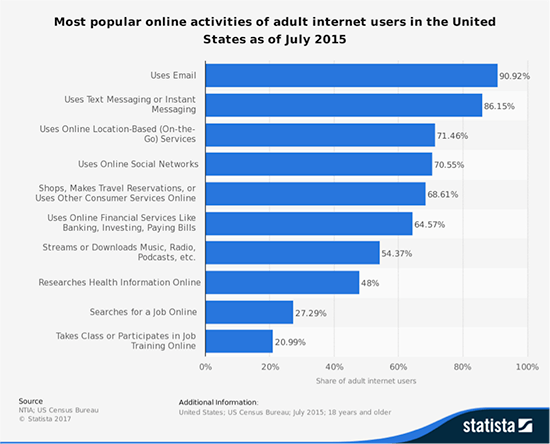
- iPhone, Gmail, iPad, and Android: the top 4 email platforms, with 33%, 20%, 13%, and 9% respectively (are your emails mobile-friendly?)
- 98%: average deliverability rate of emails sent
- 17.3%: percentage of emails sent classified as spam
- $38: the average return-on-investment for every $1 spent on email marketing. That’s a 3800% return.
- 66%: percentage of consumers who listed email as their preferred channel for communication from a retail brand. Email was #1 across all industries.
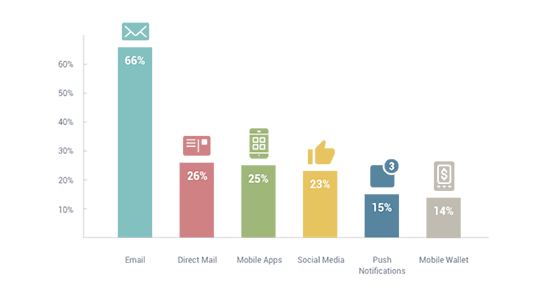
So what does this tell us? Email is popular, powerful, and preferred. Far from dead, cold email is the most potent and cost-efficient channel for new brands to quickly spread awareness and generate leads.
Cold Email and Spam
Isn’t cold email just a fancy name for spam?
Nope. Many people use these two terms interchangeably, but they’re not the same thing. At all.
According to Spamhaus – an international organization devoted to tracking spammers and spam-related activity – an unsolicited email is spam if “the recipient’s personal identity and context are irrelevant because the message is equally applicable to many other potential recipients.”
If you can and do send the exact same email out to hundreds or thousands of people without changing or personalizing it, you’re most likely dealing in spam. Of course, no marketer worth their salt would ever consider such a tactic. Effective email marketing is all about personalizing the message as much as possible to the individual recipient, even in a cold email.
As far as legality goes, it’s a virtual minefield. Most countries have a defined policy on spam that outlines what is and is not allowed. In Canada, it’s called CASL (Canada’s Anti-Spam Legislation). In the U.S., it’s the CAN-SPAM Act of 2003.
In the United States, an unsolicited email is permissible provided you follow a few simple rules:
- Include a prominent opt-out option (link or response)
- Opt-out requests are honored within a maximum of 10 days
- Subject line is honest and not misleading in any way
- From: field accurately reflects who you are and your business
- Email contains your business address
If you’re using cold email – and you should – you need to be sure you’re adhering to all relevant rules and regulations of the recipient’s country of residence. Do your homework before you hit the “send” button…failure to do so could result in fines of up to $16,000 per email in the States, for example.
That said, good marketers are already doing their homework. They want to target individuals who are likely to want or need whatever it is they’re selling. A blast campaign – sending out a spam message to thousands and hoping a few will take the bait – is not only financially risky and possibly illegal, but pointless.
Understand what separates cold email from spam. Do the work. Identify and target individual leads, not numbers. Use cold emailing to make the connection.
How to Find Prospects
As part of your business and/or marketing plan, you should first have a semi-fictional, generalized “ideal customer” profile. These buyer personas will influence most, if not all, marketing decisions moving forward.
Who is your ideal buyer? What does she or he do for a living? What are their goals, fears, concerns, and motivations? Demographics? And where are you most likely to find them online (Facebook, LinkedIn, Twitter, Instagram, etc.)?
There are plenty of high quality buyer persona templates available online to make this relatively painless. Just remember to base your answers on hard data, not assumptions. Conduct market research, interview or survey existing customers if you have any, check your website analytics, and more.
Once you know who (by the creation of a persona or two) to target, you can start looking for them.
Many social media platforms have advanced search features that allow you to identify people within a certain age group, location, profession, income or education level, interests, and more. Take names (and kick butt). Try any one of these tools:
- Search is Back (third-party solution for Facebook)
- Twitter Advanced Search
- Stribr (third-party solution for Instagram)
LinkedIn is another great spot to collect names and addresses, and you can go about it via several different methods:
- “People Also Viewed” – visit the profile of a current customer, and check the “People Also Viewed” section on the right-hand sidebar. These are individuals with similar demographics.
- Check out the skill endorsements for an existing customer. Many of those who endorsed will have similar attributes. Birds of a feather…
- Use the Search field. Click on “search people with filters,” and you’ll see them appear along the right-hand side.
- Investigate the profile of people who commented on your posts. Are they a persona match?
- Go to your Dashboard within your profile to see who’s viewed it, and who’s viewed your posts.
- Explore LinkedIn Groups to find people with similar interests and careers.
Outside of social media, conduct a Google or Bing search for relevant organizations, clubs, discussion or help boards, meetups, directories, or associations that cover your intended persona. Collect names (and hopefully email addresses) for members that fit your criteria.
Ask for names from friends, family, and existing customers.
If you find getting names a lot easier than getting names and email addresses, fear not. You can easily track them down using a tool like Contact Out, Find That Email, or my personal favorite, Voila Norbert. And there are plenty of other ways to find an address once you have a name and a few other details.
How to Write a Cold Email that Converts
Once you’ve got names and addresses lined up and ready to go, you need to draft an irresistible and compelling cold email.
You’ve already checked off the first box by targeting people and not info@ or contact@ addresses. Cold emails need an individual recipient to work.
Your subject line is paramount. As David Ogilvy famously said, it’s 80 cents out of your dollar. He may have been talking about headlines, but it still rings true for subject lines. A good one is simple, honest, and straightforward. What’s your strongest ‘hook’ to grab them? A connection you both have in common, the value you’re offering them at this time, or something else?
Avoid words and phrases that give off a spammy vibe or salesy feeling.
Keep your introduction very brief, because honestly, no one really cares at this stage. They don’t know you, and they don’t much care to unless you can quickly show what’s in it for them. Give them just enough information about yourself to demonstrate your credibility and authority.
So…get to the benefit. Remember, though, you’re not trying to sell them at this point. It’s better to offer something of value to them – for free – such as a relevant blog post, video, ebook, case study, etc. Or maybe you noticed an outdated or broken link on something they recently published…point it out, and provide a new, updated link to replace it with.
A little bit of sincere and genuine flattery goes a long way. As does any and all personalization you can add to your message.
Craft a suitably small but concrete call-to-action that is easy for them to say ‘yes’ to and accept. Avoid vague requests such as “let’s grab a coffee sometime.” Be specific.
And most importantly, don’t forget to follow-up. It’s the marketers and business owners who do so that thrive and grow using cold email. Yesware found that it takes an average of five attempts to close a sale, but 70% of salespeople stop after they get no response to their first message.
But if you continue sending value-added and relevant follow-ups, you have a 21% chance of getting a reply to the second email, and a 25% chance overall if you keep sending them. The takeaway: smart marketers always follow-up.
Cold emails are as much an art as a science, but you can learn to craft compelling ones with a little research and practice. Recipients want personalization, a clear and valuable reason to care, a solution to some sort of problem or need, and more.
Advice from the Experts
Everyone has a secret strategy, a trick or tip that works for them time and time again.
Following the best practices outlined above will get you responses. But it never hurts to try another approach now and then. Think of it as A/B testing.
The “Marketing Research” Angle
One sure-fire way to get a lot of responses to an initial cold email is to tell your recipients that you’re collecting data for market research.
Most people are happy to help in that scenario when asked. This is invaluable for two reasons:
- You can use the opportunity to ask legitimate questions of your target market as it relates to your product or service. What’s the most frustrating part of using their current SaaS accounting tool? What’s the most important feature for a marketing automation service? What one thing do they wish they could change about their current X? Ask questions that you can use to improve and tweak whatever it is you’re looking to sell them down the road.
- It establishes the relationship and makes the connection. Ask a few questions, perhaps offer something in exchange for their time (NOT related to your service or product just yet) like a useful template or ebook. The next time you email them, you’re an established entity and that much more likely to get a response.
Warm Up Leads with Social Mining
You’ve heard before the importance of “warming up” your cold leads as much as possible. They don’t know you or your brand, but anything you can do to demonstrate that you know them beyond just a name and email gets your foot that much further in the door.
Enter social mining.
Think about how much personal information we voluntarily broadcast about ourselves on social media. Likes, dislikes, beliefs, values, politics, opinions, wants, fears, desires, wishes, and more are all there and publicly available to anyone. You can learn a lot about someone just by taking a closer look at what they like, share, comment on, and retweet on Facebook and Twitter, for example.
Most platforms – including Facebook and Twitter – have a developer section for those looking to launch an app or harness the available data.
For storage and analysis of collected data, Hadoop is a highly recommended option for those working with large data sets.
Other tools for collection, analysis, and/or retrieval of social media data include Audiense, DiscoverText, BU-TCAT, Echosec, and Netlytic.
Find the Early Adopters
Those individuals that are always first to embrace a new tech toy, service, or tool are a goldmine.
Find them through the strategic use of social media groups, hashtags, Slack channels, subreddits, and more. Reach out to them with market research questions, and make sure to explain they’re in the first group of individuals you contacted. Make the connection, build the relationship, and you not only have a potential customer, but a brand advocate as well.
And you can never have too many of those.
Use the Right Tools
A carpenter is only as good as his tools. As a cold emailer, make sure you take advantage of the best options available to you:
- Mailshake – cold emailing made simple. Templates, automation, personalization, lead generation, and follow-ups
- Rebump – customized and automated follow-ups
- Reply – enabling 1 to 1 conversations at scale
- Close.io – close more sales with all your sales-related communications in one place
- If No Reply – simple email automation
Find the right tool for the right job.
Cold email is not dead. It’s not even sick. If anything, it’s experiencing a bit of a renaissance as marketers rediscover its value and adjust their workflows to stay honest and deliverable.
Best of all, it’s a channel that fits any budget, any sized business, and any product or service. Your target is out there. Find them, reach out to them, nurture them, and close them.
And all with email.
Image: Pexels


